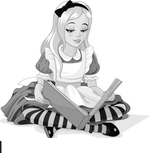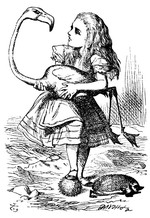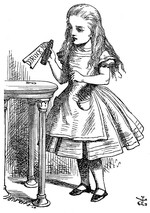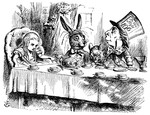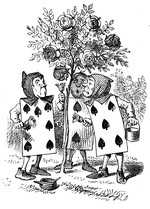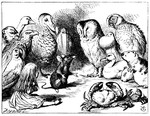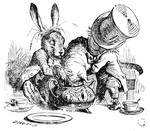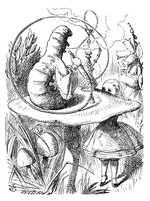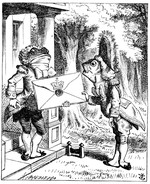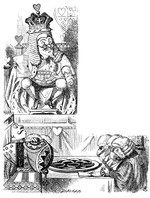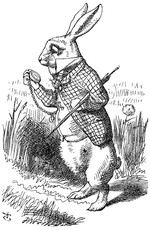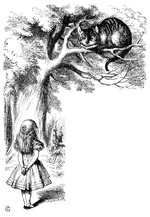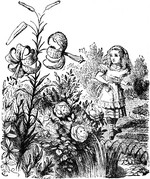Data, Domains, and Metaphors in R
We will understand the idea of data and types of variables in data. These will lead us to creating different kinds of graphs based on variable type, using R. We will look at diverse domains, such as Geography, Networks and Education and plot geometric visuals based on the data we find in these domains. This will help us not only appreciate the data but give us a view of the underlying realities and ideas in each of these domains.
Using R in RStudio as an Integrated Development Environment is a crucial part of this journey. As is the paradigm of tidy data and the tidyverse method of programming in R.
Assignments & Project
There will be regular homework assignments, typically as part of lab sessions. There will also be a final term project; more details about which will be forthcoming.
Textbooks
We will be drawing material from a wide variety of sources for this course; as such, there is no single, required text book per se.
Our exposition will draw upon
Robert Kabacoff’s book on Data Visualization, and on
Hadley Wickham and Garett Grolemund’s R for Data Science. This latter book is an excellent choice for a personally owned hardcopy book on R!
We will also use material from tutorials published by prominent members of the #rstats community, such as those by
Thomas Lin Perdersen (author of the tidygraph package) for Networks;
Martijn Tennekes ( creator of tmap package) for Map-making;
Daniel Kallin (creator of the nomnoml package); and
Rich Iannone (creator of the DiagrammeR package ) for the Diagrams.
